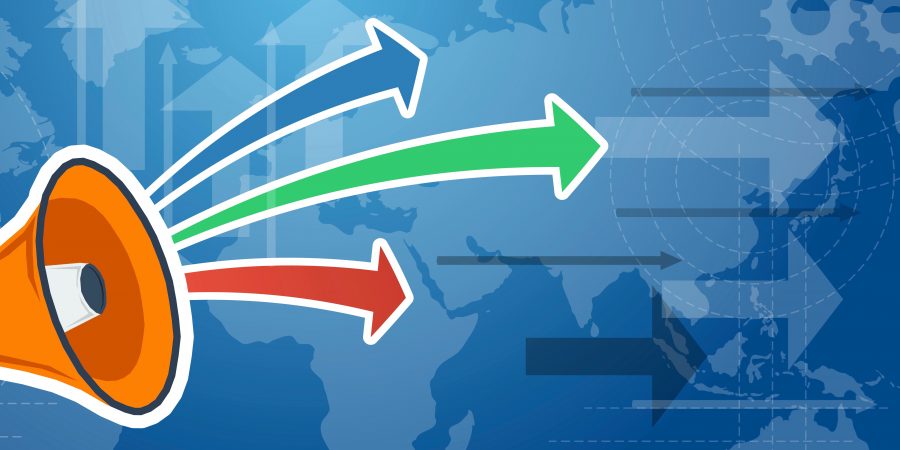Create the Call to Action Your Content Writing Deserves, part 1
Getting others to do what you want. Simple, right? Kids pick up their clothes when you remind them, dogs stop barking when you shake your finger and little old drivers speed up when you honk. Ask and you shall receive. Apply those same lukewarm gestures to your content marketing and you might as well turn your Open sign to Closed.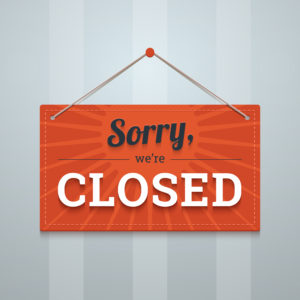
Buy. Try. Reply. What’s Your Best Call to Action?
Having a website and social media presence with thousands of fans and followers is indeed admirable. Congratulations, you’re on your way. The million dollar question is… how much of that interaction is delivering income? There has to be a kicker, something to inspire the curious to do more than just look and like.
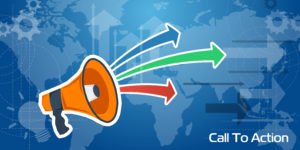 The Call To Action, or CTA, is an area of the screen that tells the targeted customer what to do next. It’s the little “Read More” or “Shop Now” button. Depending on how well you have presented the offer, there will be no confusion or disappointment when they arrive on your website or landing page. This will also save on non-producing pay-per-clicks.
The Call To Action, or CTA, is an area of the screen that tells the targeted customer what to do next. It’s the little “Read More” or “Shop Now” button. Depending on how well you have presented the offer, there will be no confusion or disappointment when they arrive on your website or landing page. This will also save on non-producing pay-per-clicks.
Conversions will come when you learn to use the right words in the right place to issue a compelling call to action. Crafting this imperative is a mix of optimizing the offer and finessing it with language. Certain phrases are almost guaranteed to be more effective than others in getting attention and delivering buyers who are ready to interact. We’ll be discussing those a little later.
Psychology Behind the CTA
 Nobody wants to be left behind, miss out or feel ignorant. People are naturally curious and always looking for a good deal. So how do you get them to follow virtual breadcrumbs put down on site content, blog articles, emails and social media and find there way to your business?
Nobody wants to be left behind, miss out or feel ignorant. People are naturally curious and always looking for a good deal. So how do you get them to follow virtual breadcrumbs put down on site content, blog articles, emails and social media and find there way to your business?
The effect of words on human behavior is a linguistic mystery better left to scholars. We do know certain phrases are perceived differently depending on the listener’s frame of reference and the context in which they are used. For example, running into an old friend at the mall and exchanging phone numbers is fun and fortuitous. Running into an old friend in a parking lot when you’re both pulling out without looking, not so much. Exchanging phone numbers, in this case, will likely involve insurance companies. The words are the same but the context and call to action are radically different.
It’s essential to understand the reader’s mind and needs then tailor your copy to them. Whether it’s requesting information, signing up for a seminar, sharing content with friends or completing a purchase, influencing customers to click requires speaking to the current context of their lives.
3 Major Emotions To Influence
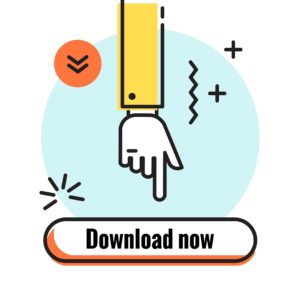 Knowing when to use which call to action is the key to effective lead generation. Patience, practice and testing will produce the best phrasing and graphic positioning. For example, to use “join us” versus “sign up” lends a more personal tone. Choosing “download” over “click here” tells the savvy user information will be conveniently delivered in pdf format to their downloads folder.
Knowing when to use which call to action is the key to effective lead generation. Patience, practice and testing will produce the best phrasing and graphic positioning. For example, to use “join us” versus “sign up” lends a more personal tone. Choosing “download” over “click here” tells the savvy user information will be conveniently delivered in pdf format to their downloads folder.
1. Sense of Urgency
Fear of missing out is a powerful, well-studied emotion. Thinking an opportunity might not come around again or is too good to pass up gets attention. Promotions which “won’t last forever,” “expire soon” or “end in 6 hours” drive readers wild. Don’t be afraid to use them.
“I’ll think about it” is the bane of many salespeople. Another objection to overcome is “I’ll wait until tomorrow.” Tomorrow never comes. Creating a sense of urgency pushes customers to act instead of putting off the purchase. When ebay first appeared, people bid and sweat as the clock ticked down. What fun!
Consider these phrases to create urgency:
- Today only
- 4 days left
- Act now
- Offer ends
- Store closing
- Last chance
- Hurry!
The example below is the long-awaited Brightest in the World. It’s finally here. Not released to the public. Redeem now!
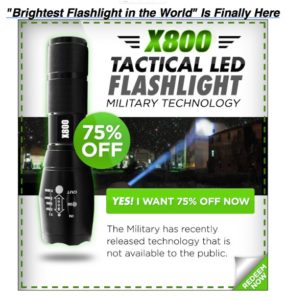
2. Scarcity
If quantities are limited they must be desirable. Phrases like “hurry,” “immediately” and “now” increase the impetus to act. For instance, “Hurry up, only three left!” has an edgier sound than “Three spots left!”
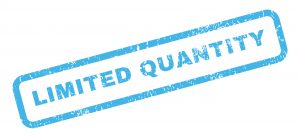
These phrases help create a sense of scarcity:
- Only 5 left
- Going fast
- Limited seats
- While supplies last
- Guarantee your spot
3. Exclusivity
 Folks want what they can’t have. We all secretly want to belong to the club on the other side of the fence. So how do you make your product look and feel more exclusive?
Folks want what they can’t have. We all secretly want to belong to the club on the other side of the fence. So how do you make your product look and feel more exclusive?
These phrases will keep out the riffraff:
- Request an invitation
- First 10 to book get 50% off
- Members Only
- Subscribe today
- Pre-register/Pre-order
- Exclusive pass
The recipients of the ad below are part of an elite closed group that others cannot join. One of the benefits, first dibs on tickets. Calling it an Insider Pre-Sale denotes exclusivity and urgency. Notice the big colorful call to action button in classic ballpark typography.
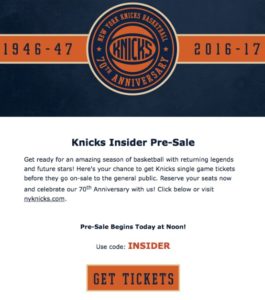
Other Ways to Use CTA
Request Feedback
Follow up on sales with an attractive feedback form that posts directly to your website comments. This is a great way to get endorsements.

Answer a Question
There’s nothing wrong with getting a little information. Give an easy tool to calculate the amount of savings and people will be more likely to inquire.

Engage With Something Fun
The word “Play” in the CTA implies a favorable experience. Test it in your marketing.
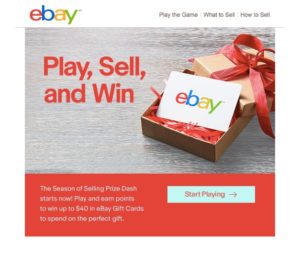
When it comes to engagement and conversions, first figure out what you want your audience to do. Give them a well-written offer and cap it off with an effective call to action. Then find the best way to graphically present that CTA, whether it’s a simple link within your content or a button on your web page or email. For help, our digital marketing team can provide expert call to action direction. Don’t wait! Act now! Just give us a call today!
Look for part 2 next week when we discuss more ways to spur your customers into action!
